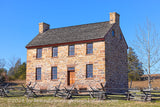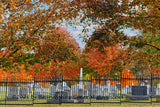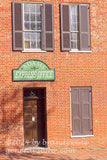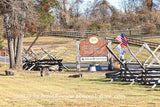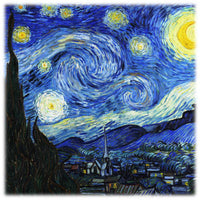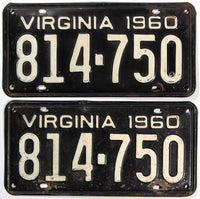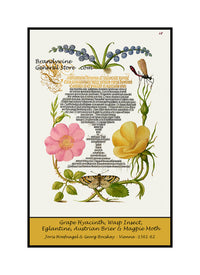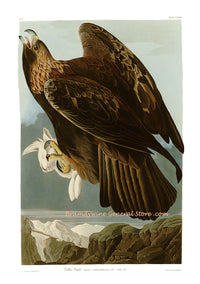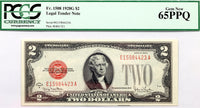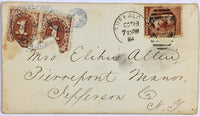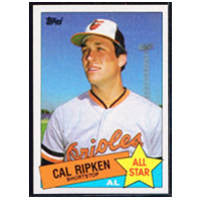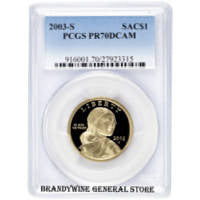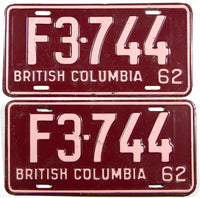Louisiana Water Thrush by John James Audubon
An archival premium Quality Art Print of the Louisiana Water Thrush Bird by John James Audubon for sale by Brandywine General Store. Mr. Audubon features a single male specimen of this species of bird, setting in a stalk of Indian Turnip which has a dark red clump of berries at the top. This small songbird was plate number or picture 19 in Audubon's first Havell edition of his epic ornithology book, The Birds of America. Turdus Ludovicianus - Audubon says the following about the Louisiana Water Thrush "Much and justly as the song of the Nightingale is admired, I am inclined, after having often listened to it, to pronounce it in no degree superior to that of the Louisiana Water Thrush. The notes of the latter bird are as powerful and mellow, and at times as varied. This bird is a resident of the low lands of the States of Louisiana and Mississippi, and is to be found at all seasons in the deepest and most swampy of our cane-brakes, from which its melodies are heard to a considerable distance, its voice being nearly as loud as that of the Wood Thrush. The bird may be observed perched on a low bough scarcely higher than the tops of the canes, in an erect attitude, swelling its throat, and repeating several times in succession sounds so approaching two octaves of a good piano-forte, as almost to induce the hearer to imagine that the keys of that instrument are used on the occasion. The bird begins on the upper key, and progressively passes from one to another, until it reaches the base note, this last frequently being lost when there is the least agitation in the air. Its song is heard even in the winter, when the weather is calm and warm. The flight of this bird is easy, and continued amongst the trees, just above the canes, or closer over the ground, when it is passing along their skirts, gliding smoothly through the air. When alighted, its body is continually vibrating, the tail being at the same time alternately jerked out and closed again. It walks prettily along the branches, or on the ground, but never hops. It feeds on insects and larvae, often pursuing the former on wing, as well as on the ground, yet in seizing them it does not produce the clicking sound heard from the bill of Flycatchers....". Audubon bird print #19



